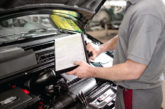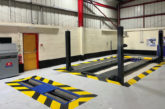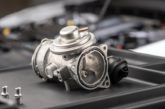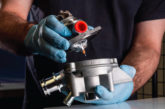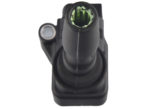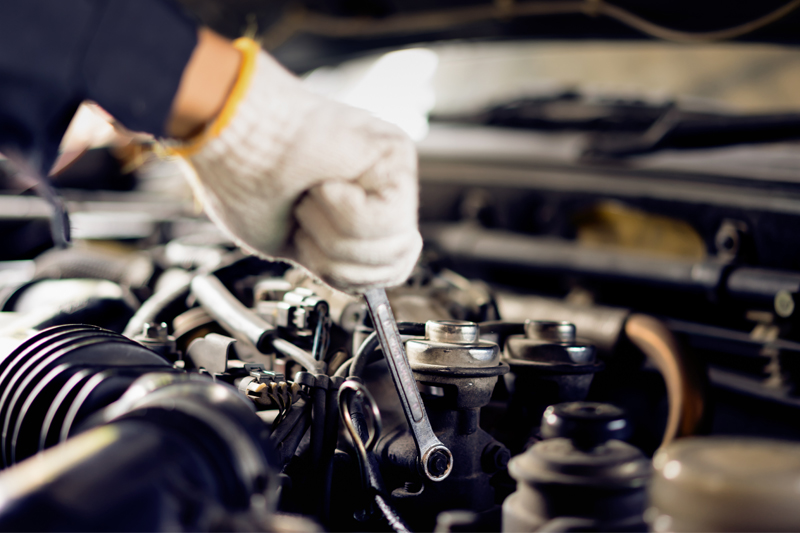
Supporting their dedication to the technician, Autoelectro’s Harnek Bhogal and Joe Taylor, have identified four vehicles and their respective, associated faults, offering best practice advice and the Autoelectro part number needed for a complete replacement.
As starter motor and alternator technology has evolved and become more sophisticated, Autoelectro has adapted alongside. It is capable of assisting both factors and technicians – whether it’s providing diagnosis and best practice procedure support for a 1975 Ford Escort or offering a ‘reman and return’ service for a 2020 BMW 3 Series electric hybrid.
To illustrate, lead technical sales advisor Joe gave some initial insight: “Some starter motors, for example, come with locating dowels and guides, which should always be used when fitting a new unit. Not using dowels or guides may mean that the unit won’t sit flush onto the bell housing, which can cause mesh issues and lead to the failure of the starter in question.”
A look at four vehicles
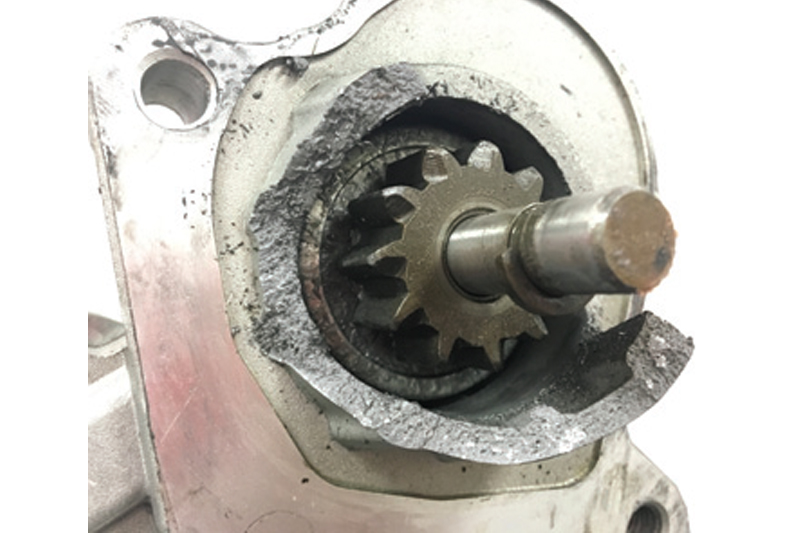
Austin Metro/Rover 100 and 200 1.1-1.4 Petrol (1990-2000) – AES7108
Harnek began: “Going back in time a little bit here, but we still stock this starter motor! This vehicle is prone to misfire. Also, it is known for starter motor activation with the engine already running – ultimately, the ignition switch is likely to be the main culprit.
“Both these problems can cause the nose cone of the starter motor to crack and, potentially, snap off. Underlining our desire to offer technicians as much useful information as possible, once again with every AES7108 supplied, there is a warning notice included in the unmistakable red Autoelectro box. For comparison, we show the technician an example of a damaged nose cone.”
Toyota Corolla and Auris 1.33 Petrol (2010-2018) – AEK3380
Harnek said: “As a remanufacturer of starter motors and alternators, I thought it best to include at least one example related to the latter! This particular alternator is fitted with a clutch pulley; it is driven by a serpentine belt that runs through a series of pulleys, an idler and a tensioner. If these components are not in good working order, the belt has the potential to slip and cause a reduction in the charge rate and performance. The dust created from a slipping belt can enter the alternator and lead to its early demise.
“What’s more, a failing tensioner can also cause excessive belt noise, leading to sooner-than-anticipated belt wear and, in all likelihood, pulley failure.”
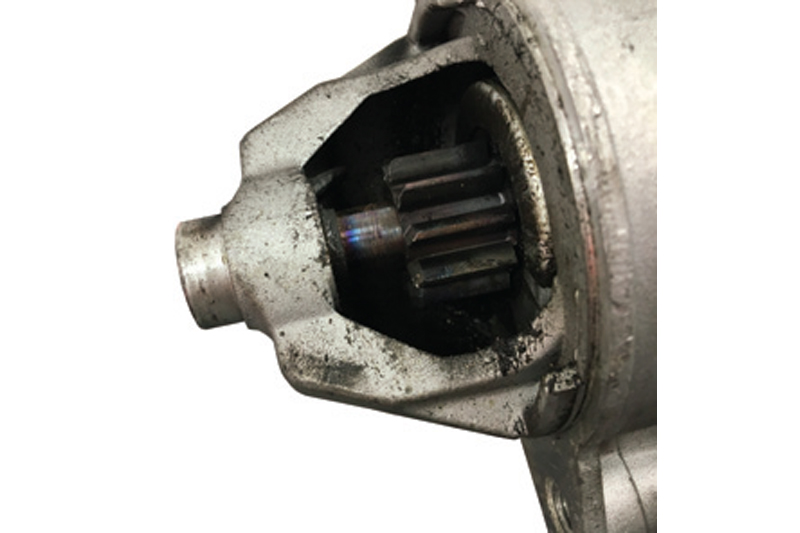
Dacia Sandero and Logan 0.9 Petrol (2013-2022) – AEY3906
Joe opened: “We have heard scenarios where the ignition switch/push to start button can remain in the start/on position and does not release after the engine has started. Consequently, this means the starter is stuck in the ‘on’ position and remains engaged, which, in turn, causes the starter motor to burn out.
“To support the technician, with every AEY3906 supplied, there is a warning notice included in the box. This advises and shows images of what a burnt-out starter motor looks like, which can help technicians determine the cause of failure. I should also point out that this is a common fault on the Nissan Micra and Note 1.2 petrol (2010-2018) – AEY2687 is also supplied with the best practice information.”
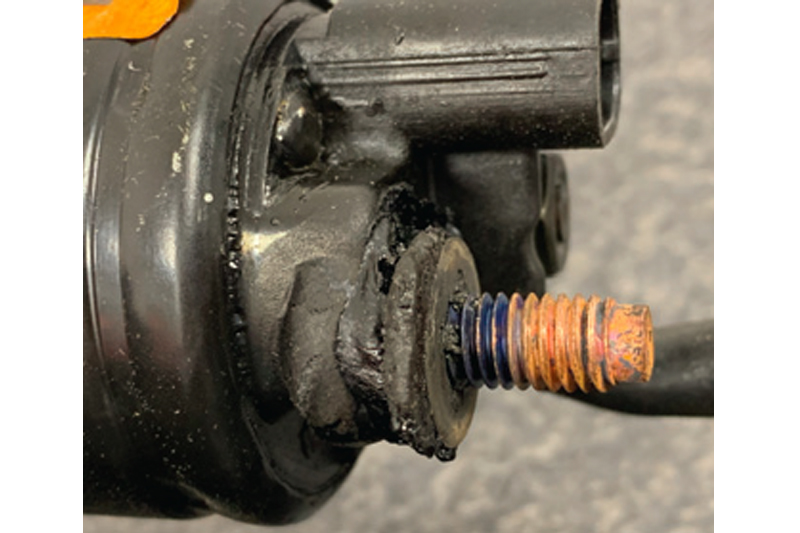
Chevrolet Captiva and Cruze/Vauxhall Antara 2.0 Diesel (2011-2016) – AEY2803
Joe continued: “A common fault on this vehicle is that the wiring insulation is not correctly ‘heat shrunk’, which can cause the B+ terminal on the solenoid to overheat and melt. This issue can result in untimely failure of the starter motor. Like the previous examples, contained inside each AEY2803 is a warning note. This aids the technician, as it clearly shows what damage to the solenoid and terminals look like.”

